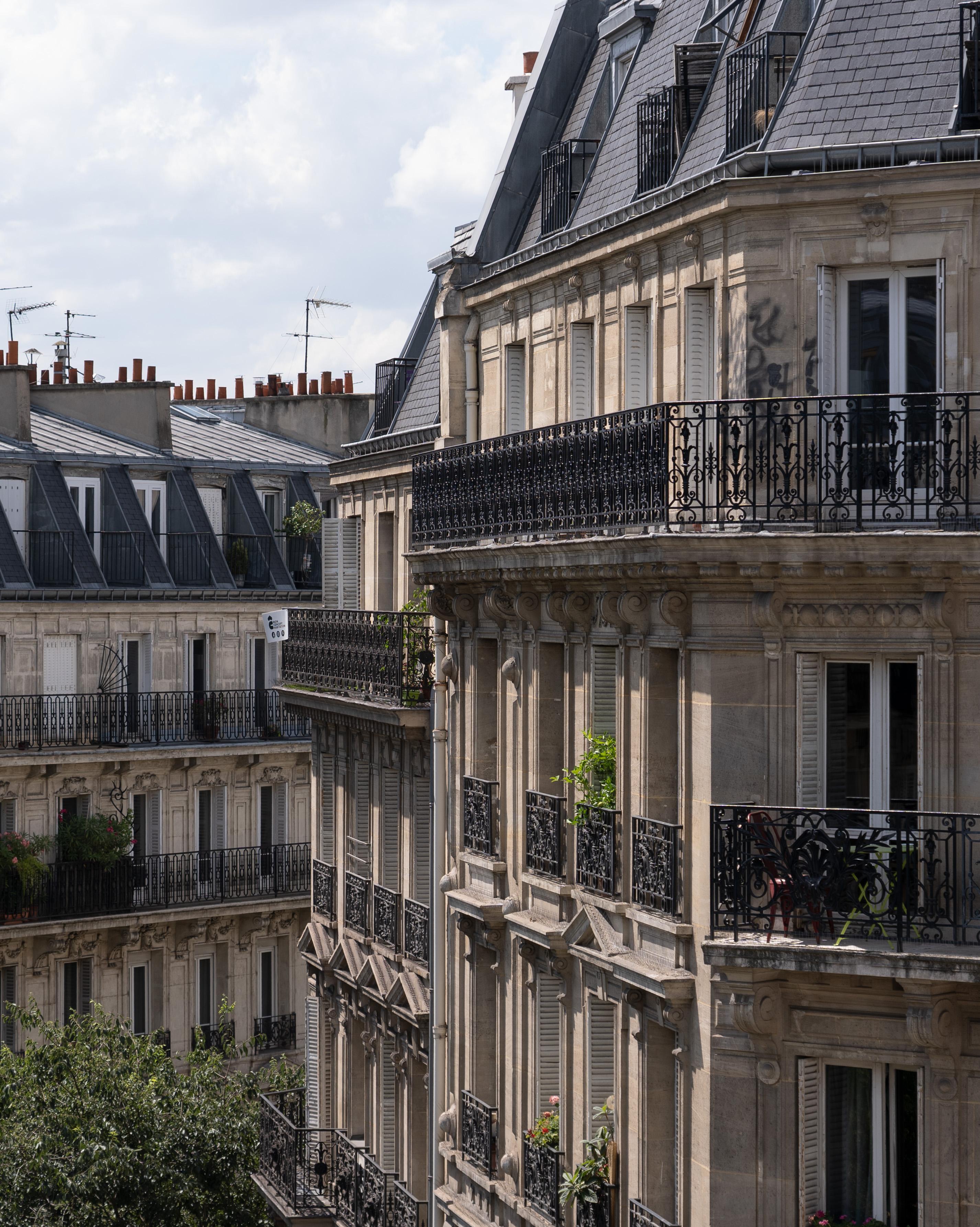All about Haussmannian architecture
Category : Hotel Corona Rodier

They can be seen everywhere in Paris and especially from the windows of our hotel. Haussmannian facades fascinate visitors and still seduce Parisians, even though they are used to seeing them every day. But which buildings can be described as Haussmannian? Let's go for a short architectural lesson.
Under Napoleon III, the Baron Haussmann - then Prefect of the Seine - built some 40,000 buildings in the heart of the capital, thus helping to modernise it and give Paris the face we know today, with its wide avenues framed by buildings. This represents 60% of the capital's current building stock.
Did you know that the typical buildings of the period must, even today, meet very precise criteria to deserve this official designation ?
Here are the main ones:
- The facades must be made of cut stone and be uniform.
- The buildings must not exceed 6 floors and their height, which must be the same along the entire street, must be proportional to the width of the street.
- The esthetic gradation paralleled the social hierarchy : the higher the floors, the less sophisticated the decoration, the lower the ceilings... The second floor remains the most sophisticated (usually with a balcony) while the ground floor is reserved for shops. The fifth floors have balconies that extend outwards, making them now the most popular flats for the views they offer, and the "maids' rooms" were located under the roofs - always made of zinc - on the top floor.
Inside, Haussmannian architecture is very refined: solid parquet floors, terracotta tiles, marble, woodwork... So many noble materials that make Haussmannian flats very attractive to lovers.
After this short lesson, take more time to admire the Parisian facades during your walks... We are almost sure that you will never tired of it !
Photos Amandine Goetz
